Report on the Impact of Training Expenditures on Student Grades
VerifiedAdded on 2023/04/17
|12
|547
|495
Report
AI Summary
This report analyzes the relationship between training expenditures and student grades at Ann's College using provided data, including tables and graphs. The analysis reveals that while training expenditures are increasing, student grades are improving gradually, but some students are not showing significant progress. The report suggests that the college management should analyze the reasons behind the stagnant grades, take student feedback to identify the root causes, and implement necessary changes to improve the educational institute's performance. The report also includes a trend line diagram of secondary data, further illustrating the correlation between training programs and student grades. The report concludes that Ann's College needs to understand what students need from the college to implement necessary changes for improvement in grades. Desklib offers this report as a solved assignment to assist students in understanding business development analysis.
1 out of 12

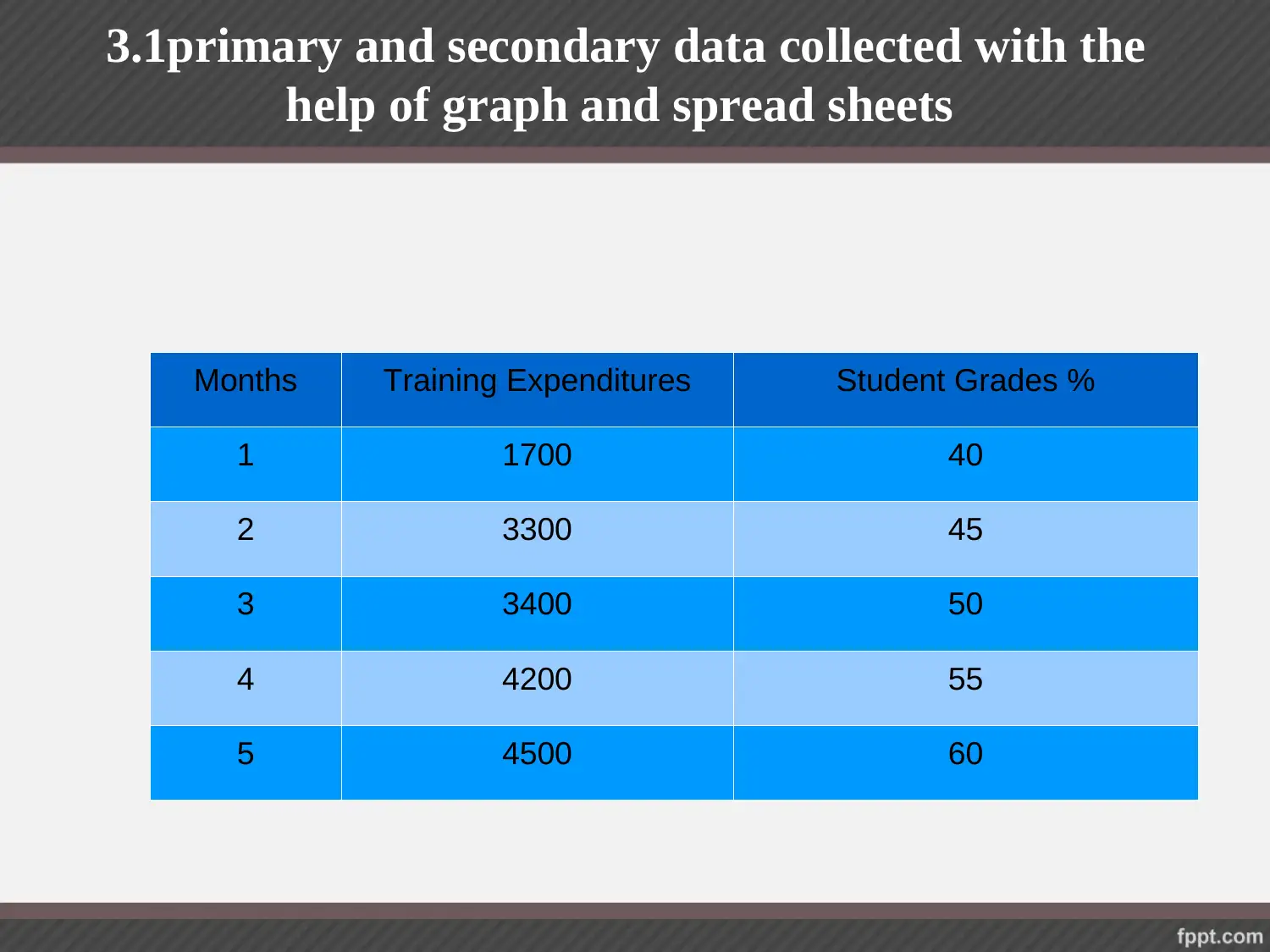
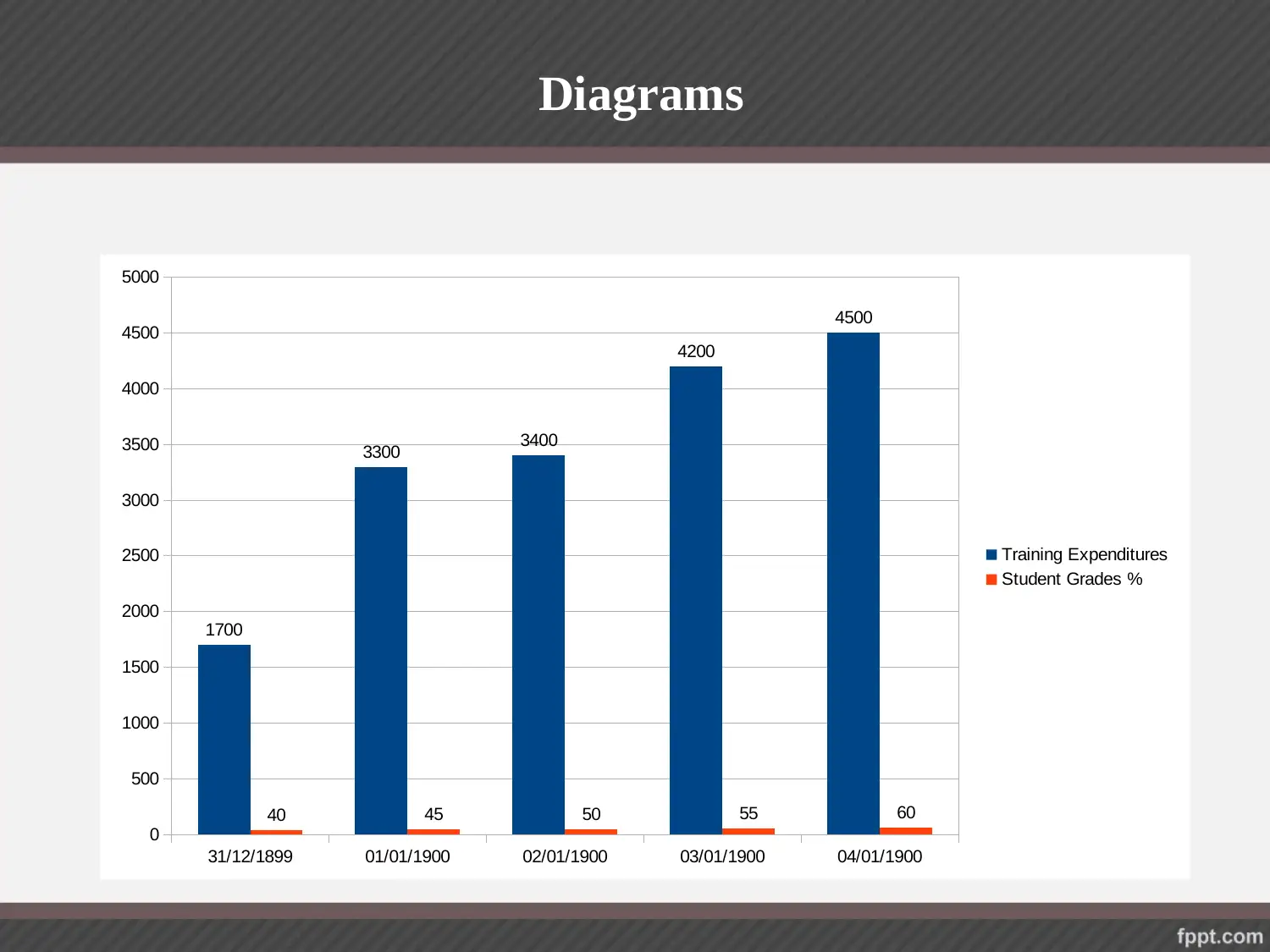


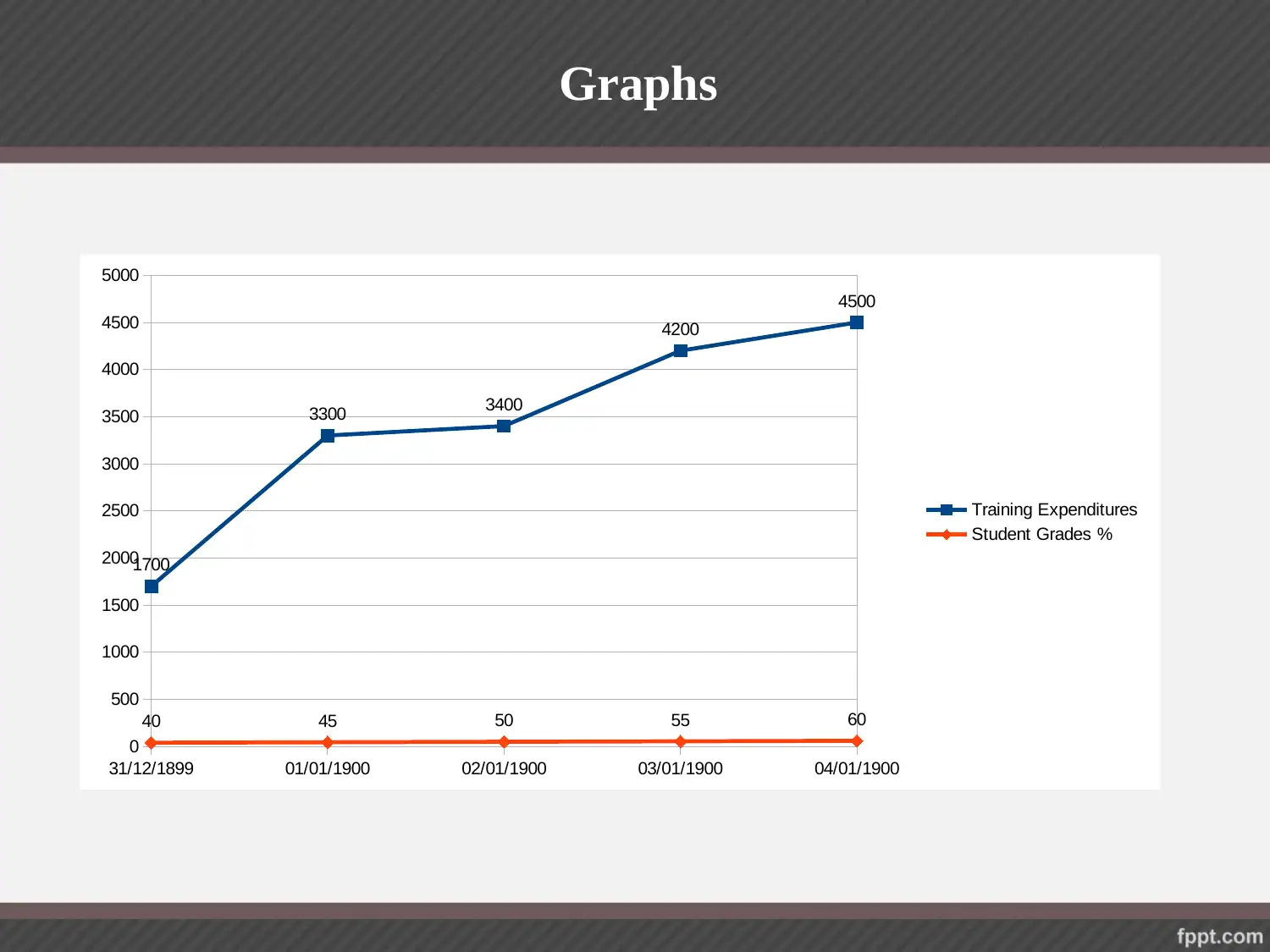
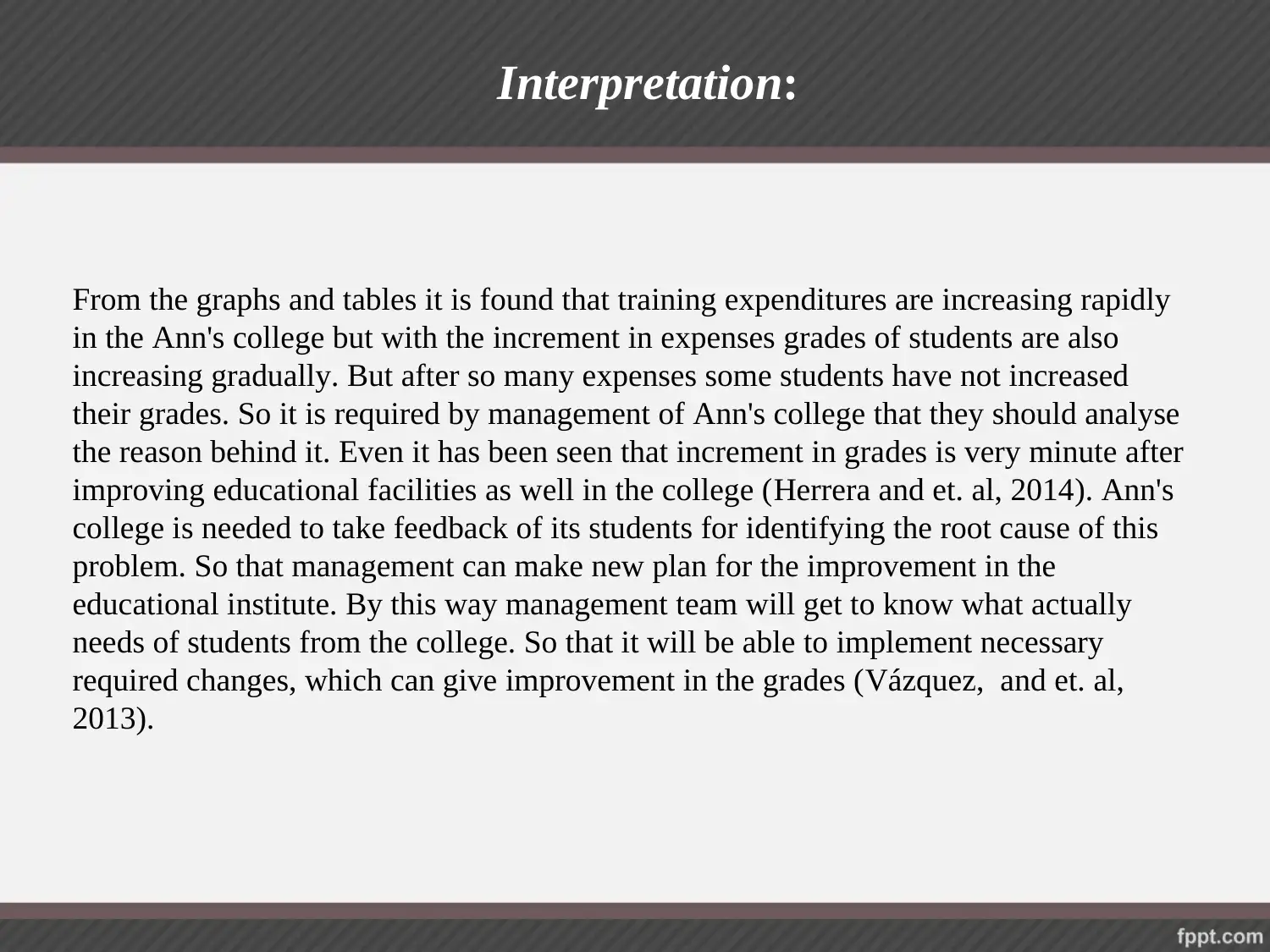
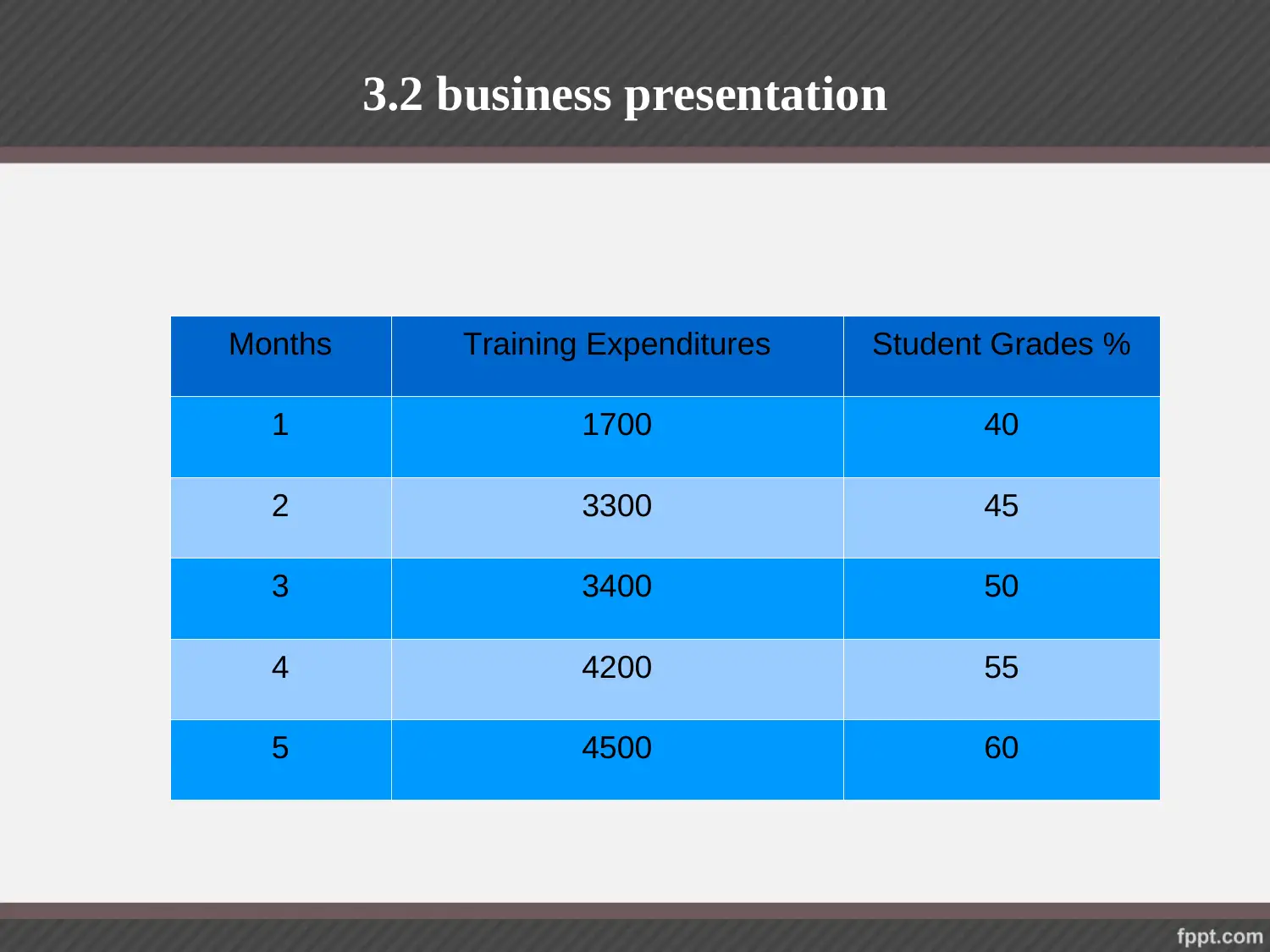
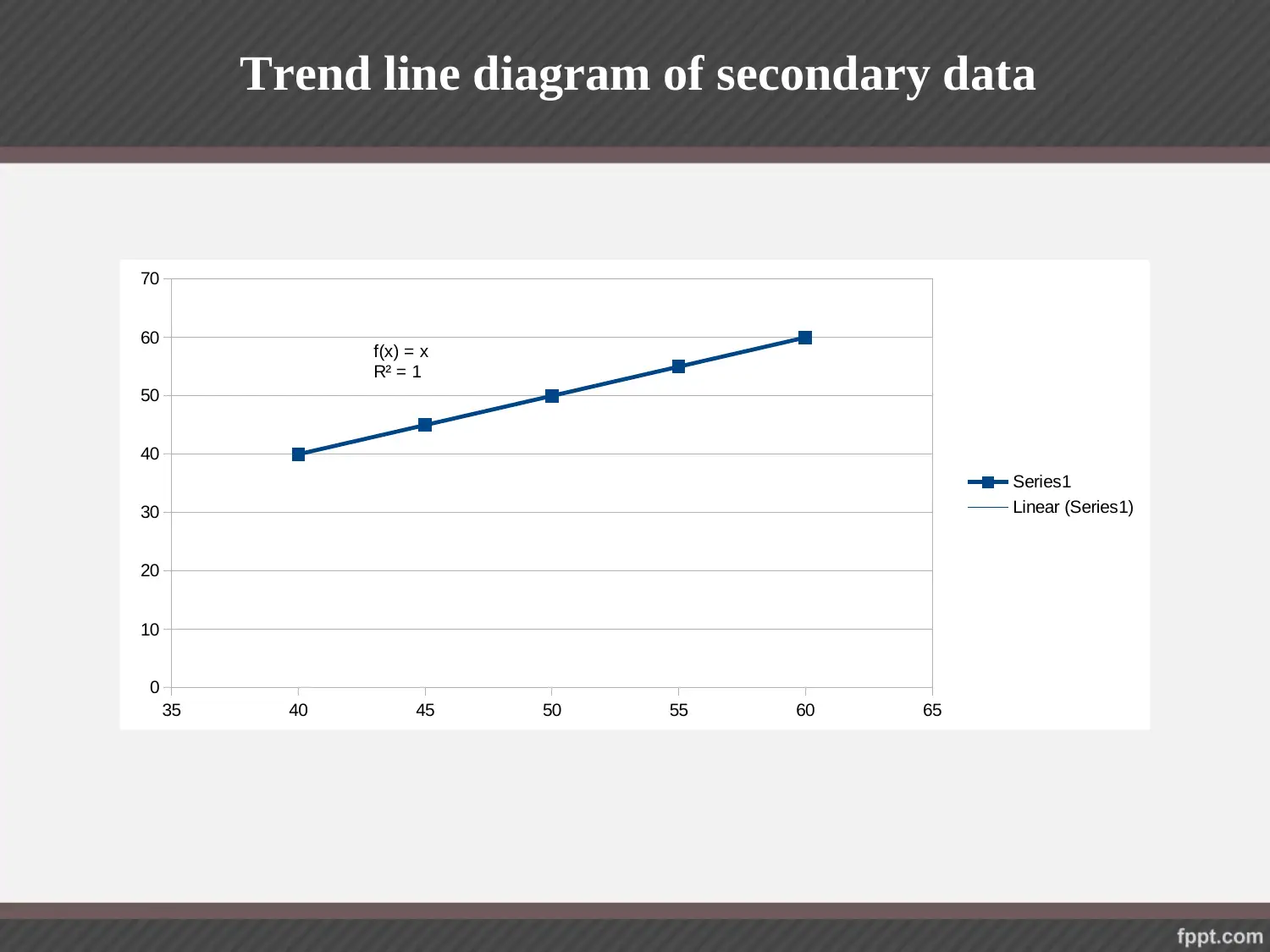
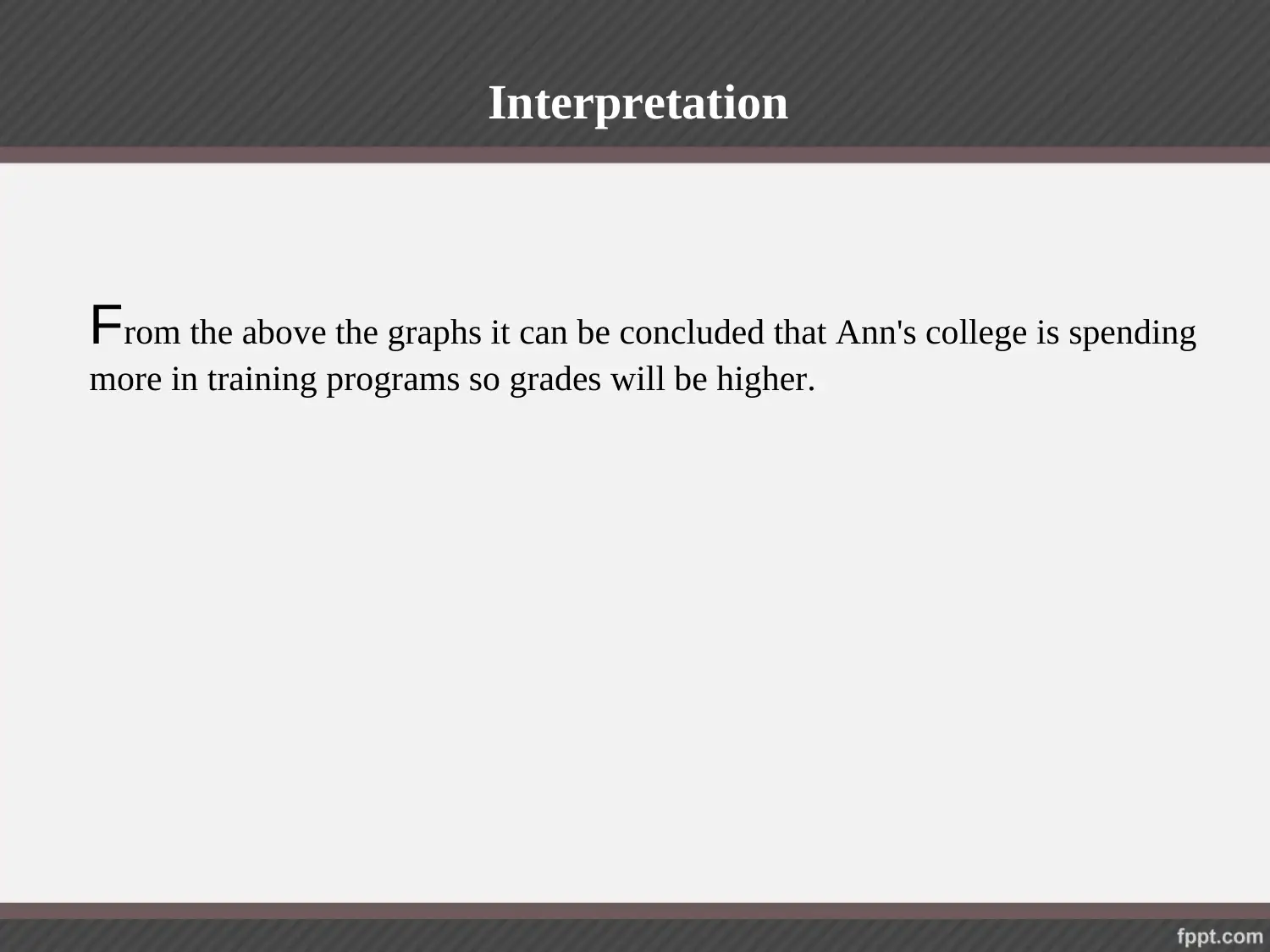
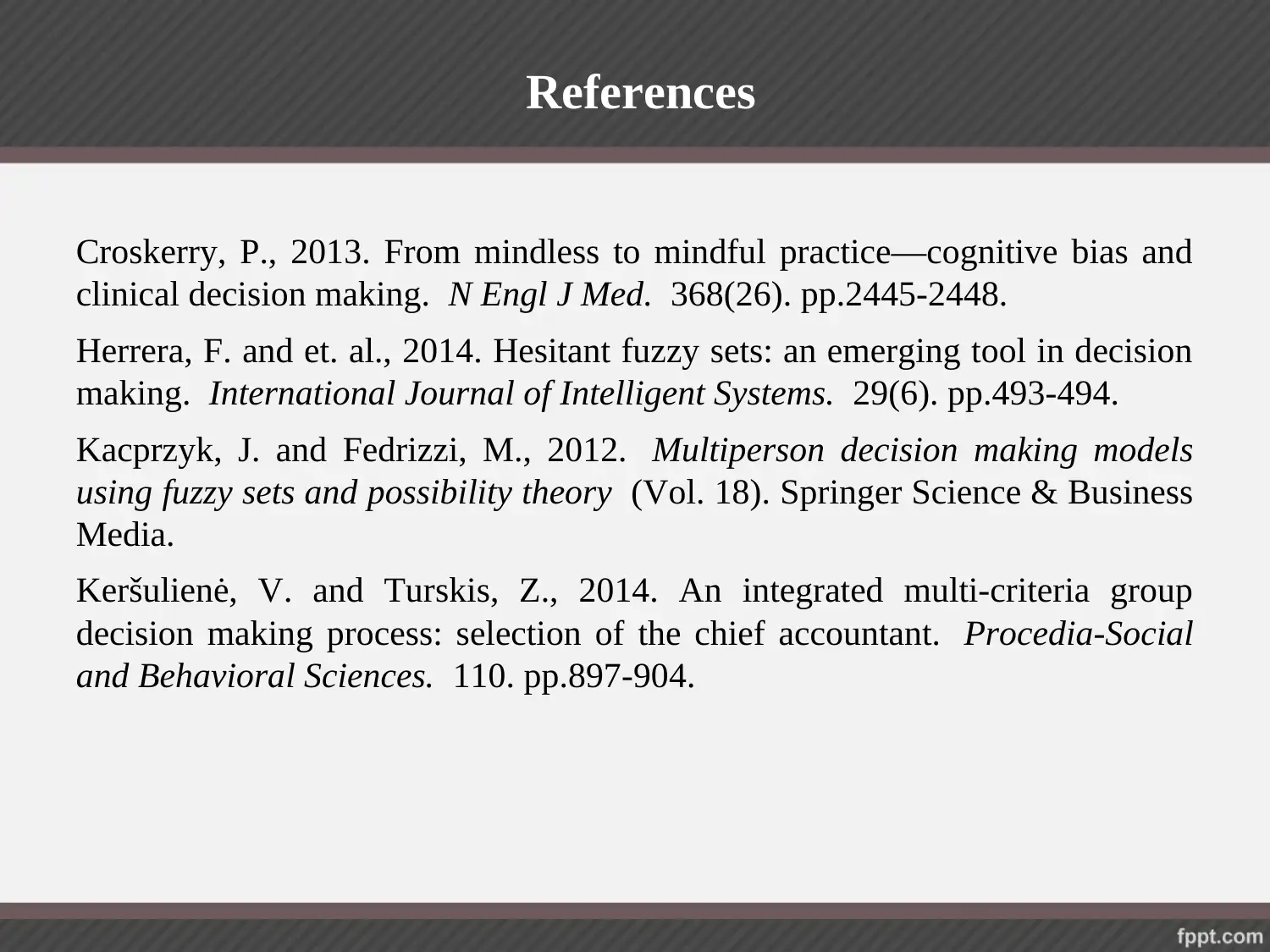
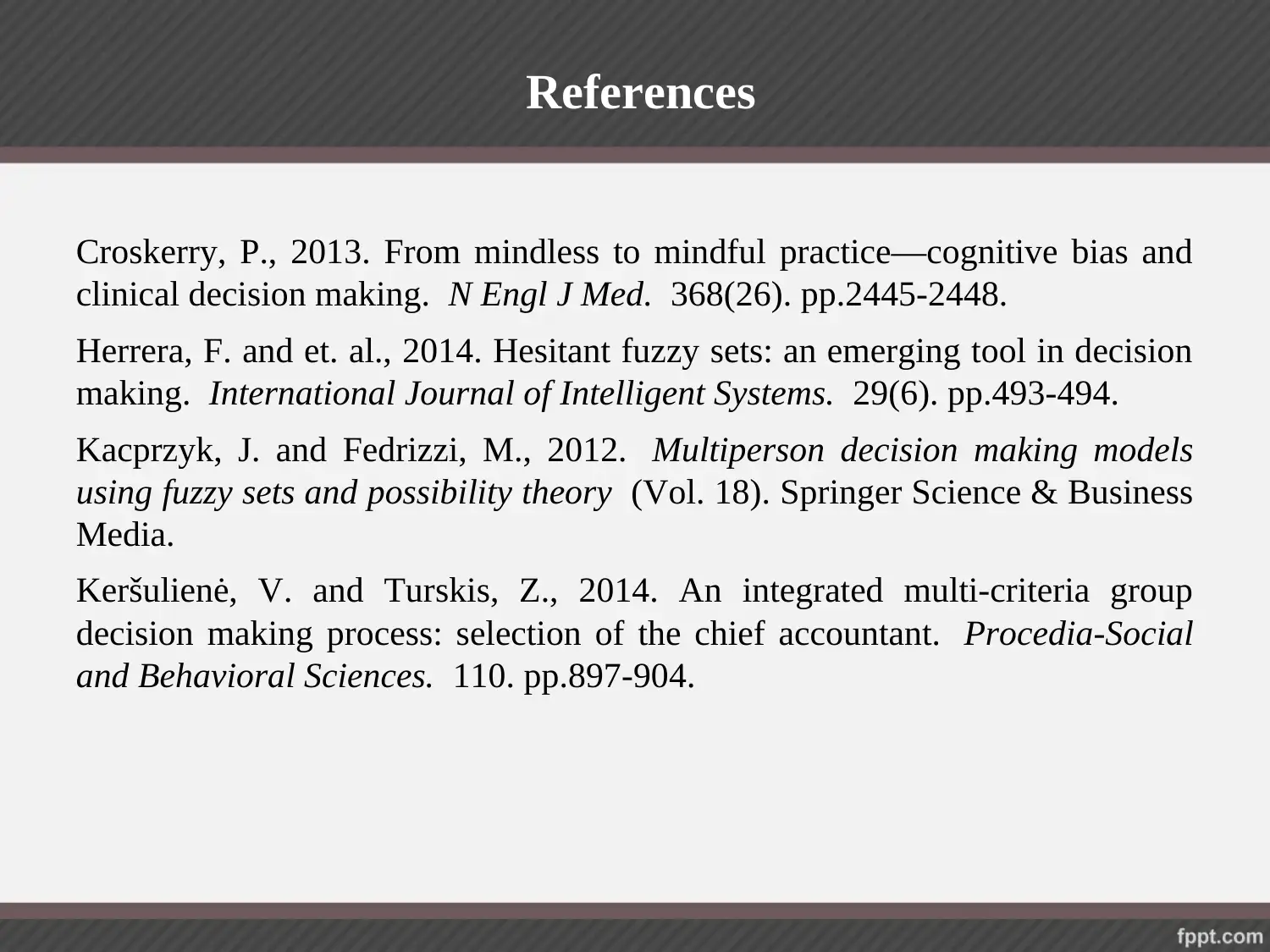

![[object Object]](/_next/static/media/star-bottom.7253800d.svg)